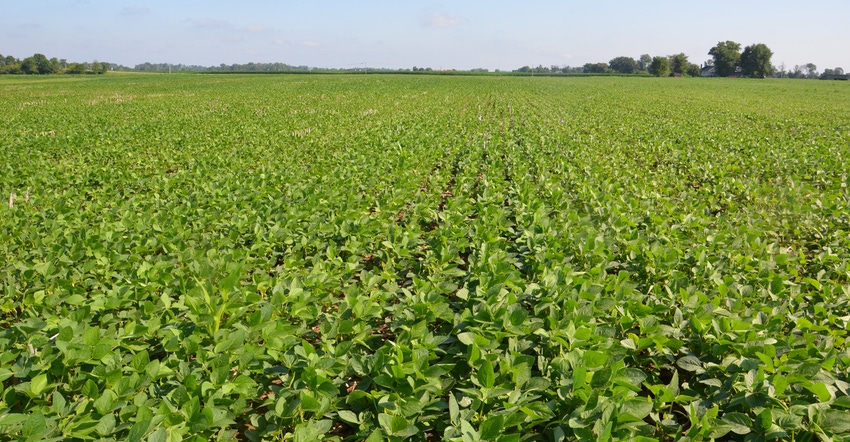February 18, 2021

Producers face two important challenges over the next few decades that must be addressed by all farmers regardless of land size and commodity produced.
The first challenge is that food, fiber, forage and fuel must be produced in adequate quantities to feed and provide other needed products for a growing population. Technology has improved corn yields drastically, but will technology continue improving yields or will yields plateau? As land use is changed from farming to other uses, fewer acres will continually be available to produce agriculture commodities. It is anticipated that demand will continue to rise, and supply will need to follow.
The second major challenge is that agriculture must proactively address the growing environmental issues such as the hypoxic zone in the Gulf of Mexico and the algal blooms in the western Lake Erie Basin. Many nutrients that cause these issues are being traced to soil erosion and water quality issues in the Corn Belt. While agriculture is most certainly not the total contributor to these issues, it is part of the problem and the industry needs to face the problem head-on.
Find solutions
So, how can we be more proactive in tackling these issues? Is there a way that agriculture can address both challenges at the same time?
The answer lies beneath the soil surface: Maximize the health of our soil, making it more productive, resilient and efficient while reducing erosion and improving water quality.
Several Indiana farmers have found a few basic principles that work to improve soil health on cropland. These principles are not complicated, and you have heard them before. The important part is that they all need to be implemented as a system to truly improve soil health.
Simply put:
Quit tilling the soil.
Improve your diversity.
Maintain a growing root as much of the year as possible.
Keep the soil surface covered all the time.
It seems simple on paper, but is a bit more complicated to implement on the land.
You will need to develop a solid plan and glean information from others who are making it work in your area. Being flexible is imperative. Be prepared to fail some, but if you start on a journey toward soil health, you will be part of the solution and not part of the problem.
These four key concepts along with a solid nutrient management plan will go a long way in reducing the amount of sediment and nutrients reaching our nation’s watercourses. They will also build a healthy soil, capable of being resilient during changes in weather conditions, producing a stable yield of high-quality products grown with less inputs, resulting in more long-term profit.
These recommendations may require some producers to test their management skills, but they are achievable and essential to change the paradigm of farming for the 21st century. What will be your role in this new paradigm?
The future can be a bit frightening, but it can also be very exciting, especially for young farmers just starting their journey. Will you be part of the next great revolution in U.S. agriculture?
Donovan is a district conservationist with the Natural Resources Conservation Service. He writes on behalf of the Indiana Conservation Partnership.
About the Author(s)
You May Also Like






